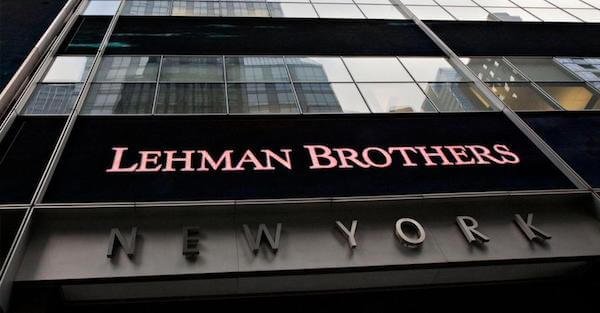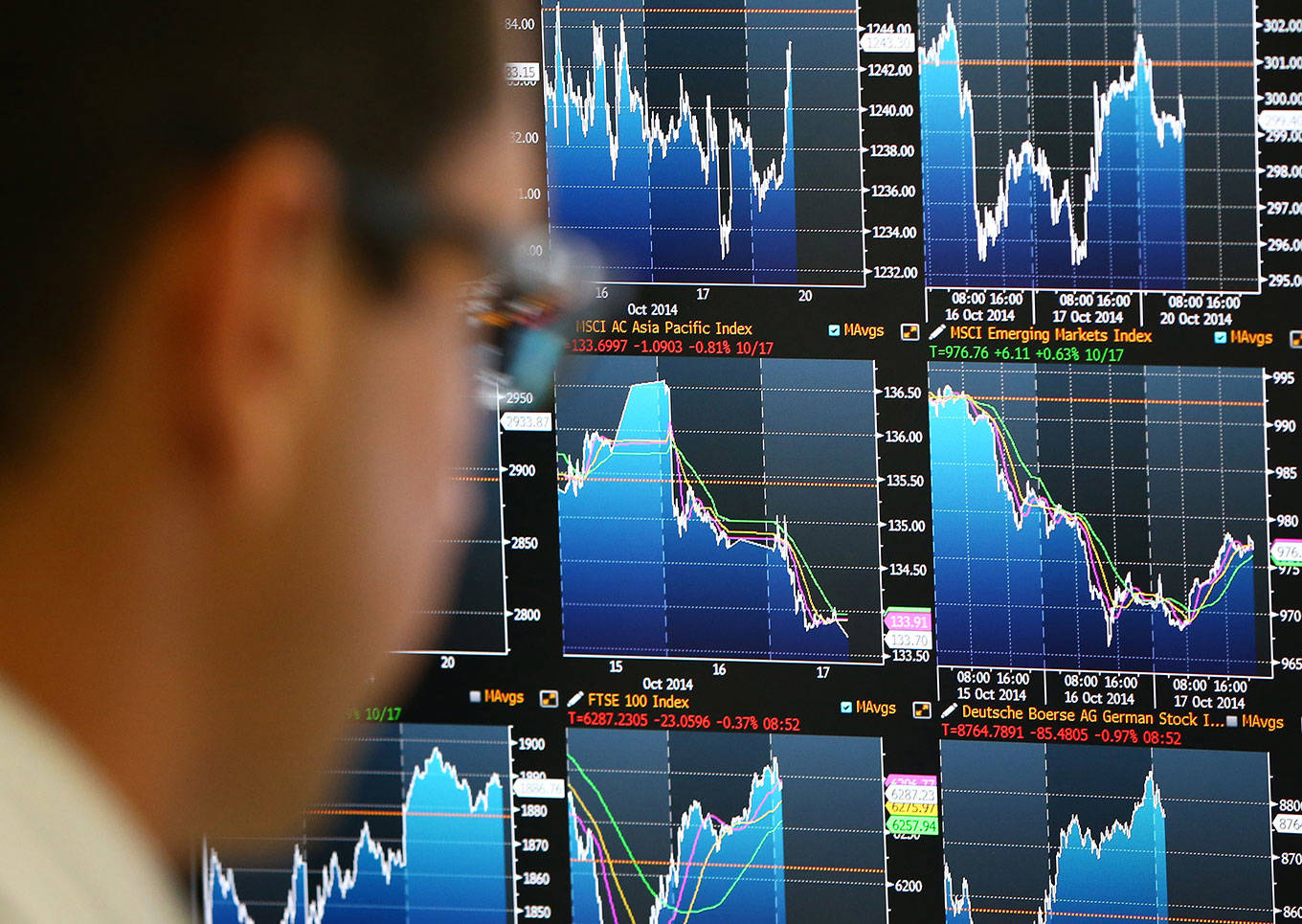“Holy Crap– turn on your TV! This is crazy!”
It was Sunday, September 14, 2008. Exactly 10 years ago to the day.
My friend Jeff called me and told me to turn on the television—where I saw dozens of people on the streets of Manhattan filing out of a skyscraper carrying boxes full of their office junk.
They were all employees of Lehman Brothers, one of the largest investment banks in the world.
Did you know? You can receive all our actionable articles straight to your email inbox… Click here to signup for our Notes from the Field newsletter.
Lehman was hours away from filing bankruptcy in what would go down as THE biggest bankruptcy in US history.
The next day the US stock market tanked. And for most of the next several weeks, all global financial markets were a roller coaster of surreal panic and chaos.
I don’t know if you can remember the general mood back then. I can. It was fear.
People were terrified of what was happening in the economy. The real estate market had dried up. The stock market had crashed. Some of the most hallowed financial institutions in the world went bust in the blink of an eye.
It’s now officially been a decade since the collapse.
And the typical sentiment among economists, politicians, and central bankers is that the economy has come roaring back.
There’s certainly a lot of evidence to support this assertion—
Several financial markets around the world have hit all-time highs. Stocks. Real estate. Bonds. They’re all generally selling for record high prices.
Earlier this week the US Census Bureau announced that median household income in the Land of the Free had increased by 1.8% between 2016 and 2017.
(That’s hardly a life-changing pay raise for workers… but it’s better than nothing.)
…click on the above link to read the rest of the article…












NEW YORK – As we mark the decennial of the collapse of Lehman Brothers, there are still ongoing debates about the causes and consequences of the financial crisis, and whether the lessons needed to prepare for the next one have been absorbed. But looking ahead, the more relevant question is what actually will trigger the next global recession and crisis, and when.
The current global expansion will likely continue into next year, given that the US is running large fiscal deficits, China is pursuing loose fiscal and credit policies, and Europe remains on a recovery path. But by 2020, the conditions will be ripe for a financial crisis, followed by a global recession.
There are 10 reasons for this. First, the fiscal-stimulus policies that are currently pushing the annual US growth rate above its 2% potential are unsustainable. By 2020, the stimulus will run out, and a modest fiscal drag will pull growth from 3% to slightly below 2%.
Second, because the stimulus was poorly timed, the US economy is now overheating, and inflation is rising above target. The US Federal Reserve will thus continue to raise the federal funds rate from its current 2% to at least 3.5% by 2020, and that will likely push up short- and long-term interest rates as well as the US dollar.
Meanwhile, inflation is also increasing in other key economies, and rising oil prices are contributing additional inflationary pressures. That means the other major central banks will follow the Fed toward monetary-policy normalization, which will reduce global liquidity and put upward pressure on interest rates.
…click on the above link to read the rest of the article…